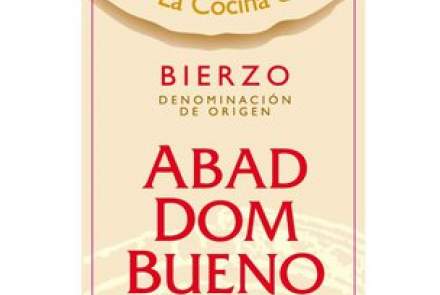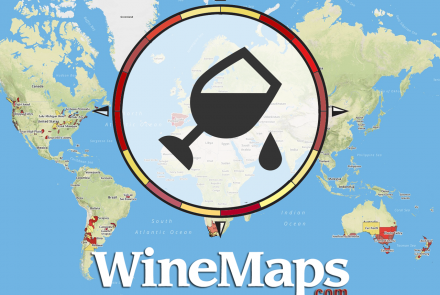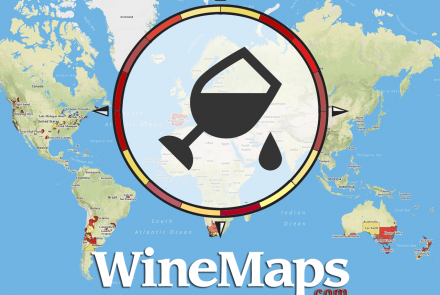Castile and León is an autonomous community in northwestern Spain. It is the largest autonomous community in the country, covering an area of about 94,223 square kilometers. The community is comprised of nine provinces: Ávila, Burgos, León, Palencia, Salamanca, Segovia, Soria, Valladolid, and Zamora.
Castile and León is known for its diverse landscape, which includes mountains, plains, and river valleys. The region has a continental climate, with cold winters and hot summers, but the climate can vary due to the region's diverse topography.
The history of Castile and León is characterized by its role as a frontier land during the Reconquista, the centuries-long process by which Christian kingdoms in the north of the Iberian Peninsula retook territory from Muslim rulers. This history is visible in the many castles, walled cities, and religious buildings found throughout the region.
The region has a strong agricultural economy, with crops including cereals, legumes, sugar beet, and vineyards. It is also a major producer of meat and dairy products, and has a significant mining sector.
Castile and León is home to numerous cultural and historical sites. These include the ancient Roman city of Segovia, the historic city of Salamanca with its famous university, the Way of St. James pilgrimage route, and the Gothic cathedrals of Burgos and León.
The region's rich cultural heritage, natural beauty, and historical significance make it a popular destination for tourists. It also has a vibrant arts scene, with numerous festivals and events celebrating the region's music, film, literature, and culinary traditions.





